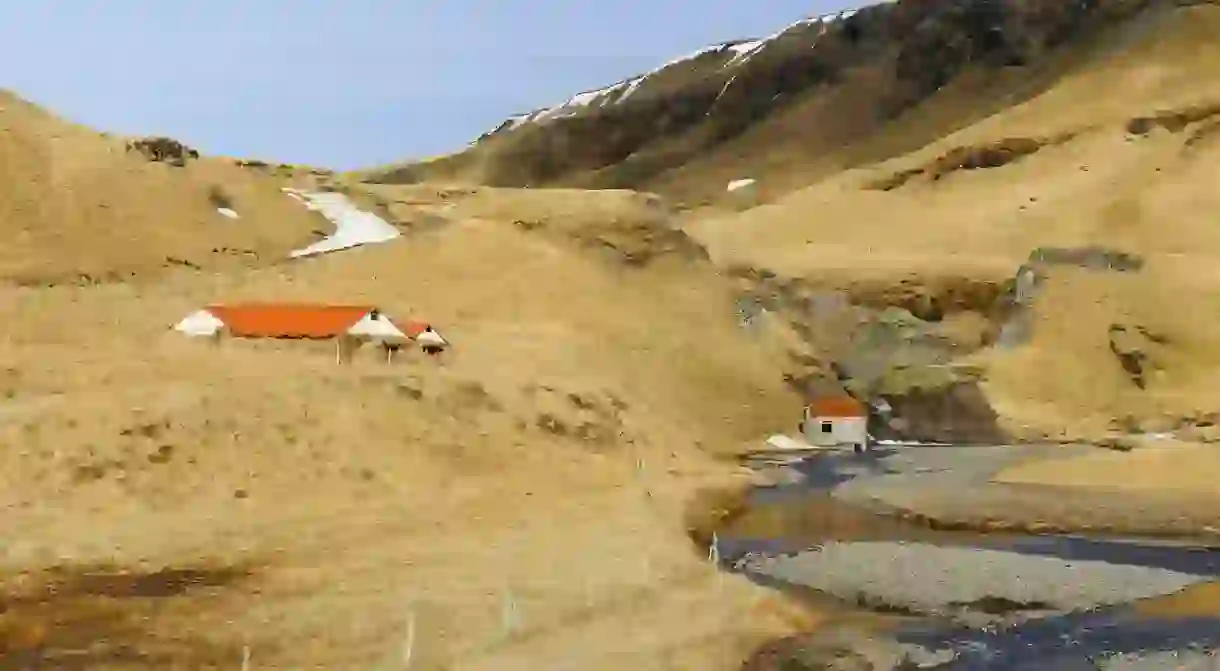Why You Should Visit Iceland's Beautiful Country Houses

The Icelandic turf house tradition is beautiful and intriguing to see either as tumbling remains or as reconstructions. Originally, the idea for their construction was a circumstance of the harsh climate and isolation of this island in the North Atlantic. The turf house is built out of materials that are easy and cheap to obtain and are structured in such a way that it is much better insulated compared to wood or stone building materials.
At the time of the Icelandic settlement in 900 AD, nearly 30% of the island was forested with birch trees. This scarce material caused the settlers to look elsewhere for suitable building material and found the plentiful turf as the best alternative, as had been used in construction in Norway.



In the common tradition, the turf house is built on a foundation of stones, upon which a wooden frame would hold the turf that was fitted into the structure in layered blocks. Usually, the only exposed wooden parts would be the front door and window frames. It was also common to have grass growing on the roof of the turf house.


As the turf house tradition of building lasted more than 1,000 years, it is only natural that it would go through many stages of development. Between the 9th and 14th centuries, the turf house was adapted to suit the needs of the Icelandic society developing there, which meant a transition from the long-house tradition typical of Vikings in which all activities and functions took place in one huge building. Gradually, the longhouse became smaller and smaller until the emergence of the longstanding tradition of groups of smaller buildings, each serving a particular function, which would last until the 19th century. One noted aspect of this new functionality was the placement of sleeping rooms high above the workspace to increase heating.


The remarkable thing about the existing turf houses in Iceland, whether they are remains or reconstructions, is the fact that the knowledge of the intricacies of building in this natural building style was once widespread across the whole island. The knowledge of this craft has been passed down through generations over the 1,000 years since the settlement. In the 20th century, this knowledge was threatened with extinction as turf houses were being replaced by urbanization. Currently, there are only a few craftsmen who pass the tradition through the avenues of cultural heritage.
Sources: UNESCO
















